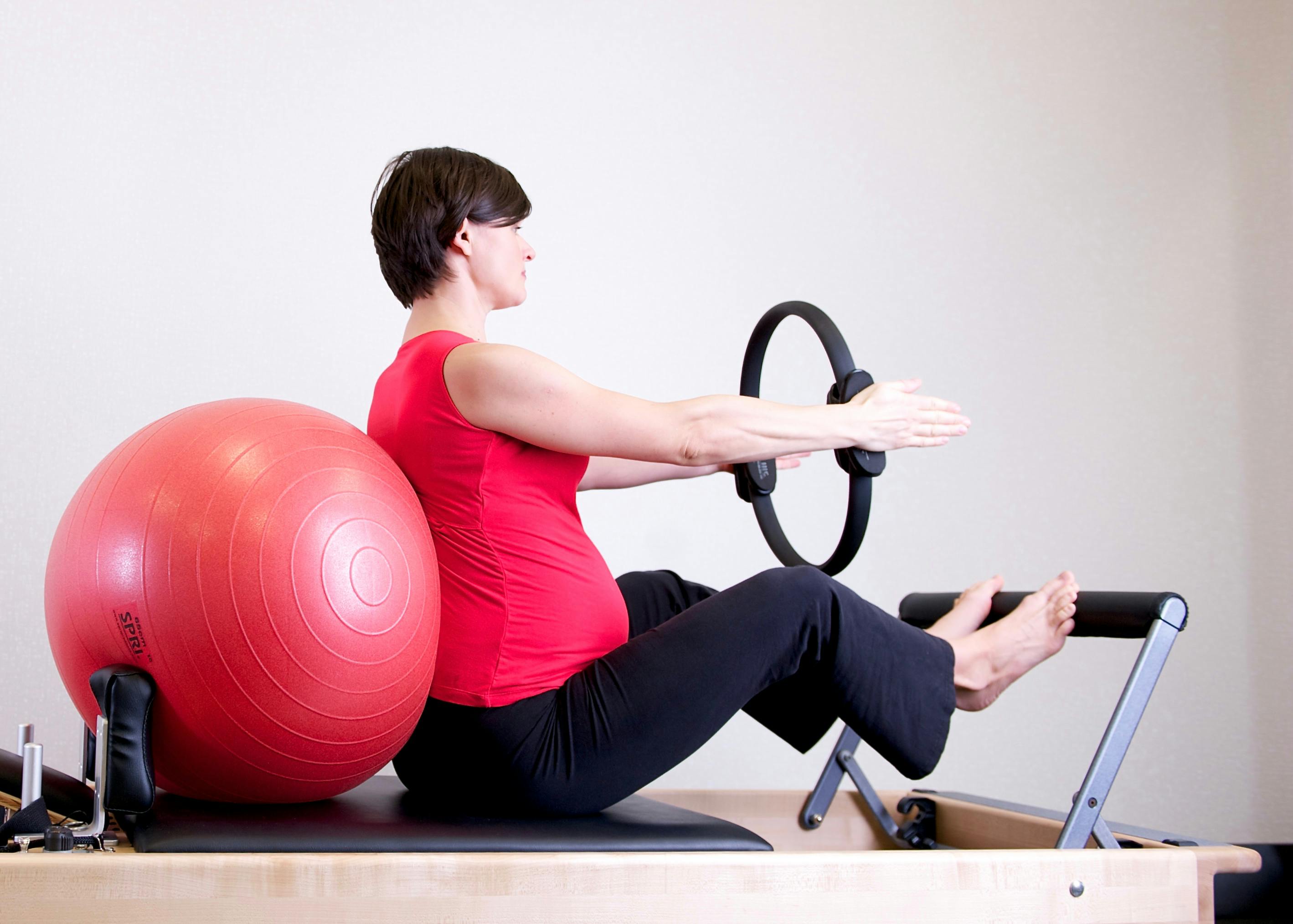Bowling is a popular sport that has been around for centuries. There are many different aspects to the game, including the type of bowling ball you use. One of the most important aspects of bowling is selecting the right weight bowling ball. The weight of the bowling ball affects the control and accuracy of your shots. In this article, we will discuss what weight bowling ball you should be using and how to choose one that will suit your needs.The weight of a bowling ball that is right for you depends on your bowling style and personal preference. Generally, it is recommended to use a ball that is 10% of your body weight (up to 16 pounds). If you are a beginner, start with a lighter ball and work your way up to find the weight that is most comfortable for you.
Pros of Heavier Bowling Balls
Using a heavier bowling ball is beneficial for bowlers who have a higher speed. The extra weight helps to increase the momentum of the ball, resulting in greater power and accuracy when it reaches the pins. Heavier balls also tend to be more durable and less prone to damage, so they can last longer between replacements. Additionally, because of their extra mass, they can create more pin action when they hit the pins, resulting in more strikes and spares.
Cons of Heavier Bowling Balls
One of the biggest drawbacks to using a heavier bowling ball is that it can be difficult to control. Even experienced bowlers may find it difficult to throw accurately with a heavy ball due to its increased weight. Additionally, if you are not used to throwing with a heavier ball, your arm and shoulder muscles may become sore or strained after extended use. Finally, heavier bowling balls are usually more expensive than lighter ones, so you may have to invest more money upfront if you want one.
Bowling Ball Weight
When it comes to choosing a bowling ball, one of the most important factors to consider is the weight of the ball. The weight of the bowling ball should be determined by your style of play and personal preferences. It is important to select a bowling ball that fits your hand size and strength level. The heavier the ball, the more power and spin you can generate. However, if you choose a ball that is too heavy, it can lead to fatigue and decreased accuracy.
Another factor to consider when selecting a bowling ball weight is your skill level. Beginner bowlers should choose a lighter weight so they can control their shots more easily. Intermediate bowlers may want to opt for a slightly heavier ball in order to generate more speed and power on their shots. Advanced bowlers might opt for an even heavier weight in order to maximize their power and accuracy.
When selecting a bowling ball weight, it is also important to think about how often you will be using the ball. If you plan on using it frequently, then you may want to select a slightly heavier one so that it will last longer and provide more stability on each shot. On the other hand, if you don’t plan on using it often, then you may want to opt for a lighter weight in order to reduce fatigue when playing long games or tournaments.
Finally, when selecting a bowling ball weight, comfort should be taken into consideration as well. You should select a weight that feels comfortable in your hands when throwing each shot so that you can maintain control over your shots throughout each game or tournament.
How Much Does a Bowling Ball Weigh?
Bowling balls come in a variety of sizes and weights, depending on the type and size of the bowler. Generally, a bowling ball should weigh between 8 and 16 pounds. This range is suitable for most adult bowlers. The weight of a bowling ball is important because it affects the speed at which the ball travels down the lane, as well as the spin and rotation of the ball. A heavier ball will travel faster and will cause more pin action than a lighter ball. On the other hand, lighter balls are easier to control but they may not have enough power to knock down all of the pins. Generally, it is recommended that adult bowlers use a ball that weighs between 12-15 pounds.
Children and junior bowlers should use balls that weigh between 6-12 pounds depending on their age and size. It is important for children to use lighter balls so that they can learn how to properly throw them without hurting themselves or damaging the equipment. It is also important to note that there are no standard sizes for bowling balls; each manufacturer has its own specifications for each type of bowling ball.
Finally, it is important to note that with proper care and maintenance, a bowling ball can last for years if taken care of properly. To ensure maximum life of your bowling ball, it is important to clean your bowling ball regularly and store it in a cool, dry place when not in use.
Different Types of Bowling Balls
Bowling is a popular game that is enjoyed by people of all ages. In order to play bowling, you need a bowling ball. There are several different types of bowling balls available on the market today, so it’s important to know which one is right for you.
The most common type of bowling ball is the house ball. These are typically the cheapest type of bowling balls and they are also the least durable. House balls are usually made from plastic and have a basic design that doesn’t offer much in terms of performance or customization.
The next type of bowling ball is the urethane ball. Urethane balls are made from a synthetic material and they offer more control than plastic balls due to their grip and spin capabilities. Urethane balls are also more durable than plastic balls, making them a good choice for those who want to bowl on a regular basis.
The third type of bowling ball is the reactive resin ball. Reactive resin balls are made from a combination of polyurethane and resin materials and they provide more hook potential than urethane or plastic balls. Reactive resin balls come in various colors, shapes, and sizes and they can be customized to suit your individual needs.
Finally, there are performance or tournament-level bowling balls available as well. These types of bowling balls offer the best in terms of control, spin, hook potential, and overall performance level but they can be expensive compared to other types of bowling balls. Performance or tournament-level bowling balls should be used by experienced bowlers who know how to get the most out of their equipment.
No matter which type of bowling ball you choose, it’s important to make sure that you use it correctly in order to get the best results. With so many different types available, there’s sure to be one that suits your needs perfectly!

Benefits of Using a Heavier Bowling Ball
Using a heavier bowling ball has its advantages for bowlers of all levels. By using a heavier bowling ball, bowlers can increase their power and accuracy when bowling. The heavier weight of the ball gives the bowler more control over the direction of the ball, making it easier to hit pins at the back end of the lane. A heavier ball also helps generate more pin action, which will leave more pins standing after each shot. Additionally, a heavier ball provides more momentum and energy to carry through to the pins, allowing for a greater chance of getting strikes.
The increased weight of a heavier bowling ball also helps improve accuracy when throwing spares. Since spares require precision and accuracy, the extra weight helps create a steadier throw that results in fewer misses or splits. Additionally, when using a heavier bowling ball, bowlers can reduce wrist strain by not having to exert as much force to propel the ball down-lane. This is especially beneficial for those who suffer from hand or wrist injuries due to repetitive motions from regular bowling sessions.
Finally, using a heavier bowling ball can provide an overall boost in confidence for competitive bowlers. Since it allows them to have better control over their shots and accuracy when throwing spares, they are able to be more consistent in their performance and approach each game with higher confidence knowing that they have an advantage with their equipment choice. With this confidence boost comes an improved mindset which can further improve performance on the lanes.
Overall, there are many benefits to using a heavier bowling ball that can help improve both beginner and experienced bowlers’ performance on the lanes. By having increased control over shots and improved accuracy when throwing spares as well as reducing stress on wrists from repetitive motions, bowlers of all levels can benefit from using a heavier bowling ball in their games.
Recommended Weights for Different Levels of Bowlers
The weight of a bowling ball is an important factor to consider when selecting a ball for recreational or competitive bowling. Different levels of bowlers tend to prefer different weights, so it is important to know which weight range is most appropriate for your skill level. Generally speaking, lighter balls are better suited for beginners and youth bowlers, while heavier balls are usually more suitable for experienced or advanced bowlers.
For beginner bowlers, it is recommended to start out with a ball that weighs between 10 and 12 pounds. This weight range will provide enough control and power to help improve your technique without causing too much strain on your body. Balls that weigh between 13 and 15 pounds are usually best suited for intermediate bowlers who have some experience in the game but aren’t quite ready to move up to a heavier ball yet.
More experienced or advanced bowlers should look at balls that weigh between 16 and 18 pounds. These heavier balls provide more power and can help generate higher scores. It’s important to note that the heavier the ball, the harder it will be on your body, so make sure you’re physically prepared before using one of these balls. Finally, professional bowlers should use balls that weigh between 19 and 21 pounds in order to maximize their performance on the lanes.
In summary, selecting the right weight bowling ball can make all the difference in your game. Beginner bowlers should use a light ball (10-12 lbs.), intermediate players should opt for something in the mid-range (13-15 lbs.), while more experienced players should use a heavier ball (16-18 lbs.). Professional bowlers should only use heavyweight balls (19-21 lbs.). With this guide in mind, you should be able to find a ball that is perfect for your skill level!
Choosing the Correct Weight for Your Style of Play
Golf clubs come in a wide variety of weights that can make a big difference in your game. Depending on your style of play, you may want to consider choosing a golf club with a specific weight. Knowing what the different weights mean and how they affect your performance can help you decide which weight is best for you.
The weight of a golf club is determined by its head design and shaft length. Heavier clubs are usually made with longer shafts and larger heads, while lighter clubs tend to have shorter shafts and smaller heads. Generally, heavier clubs offer more control during the swing due to their increased inertia when the club strikes the ball. Lighter clubs are more maneuverable but provide less control when striking the ball.
If you are an amateur golfer looking for more accuracy, then a heavier club may be the right choice for you. Heavier clubs provide more stability and control during the swing, allowing you to hit straighter shots with greater consistency. If you are an experienced golfer who prefers to shape shots, then lighter clubs may be better suited to your style of play as they offer more maneuverability and allow you to shape shots more precisely.
No matter what your style of play is, it’s important to choose the right weight for your golf clubs in order to maximize performance. Testing out different weights at a driving range or pro shop can help give you an idea of which weight works best for your game. With some trial and error, you’ll be able to find the optimum weight that suits your style of play perfectly!

Conclusion
Choosing the right weight of a bowling ball is extremely important in order to have the best experience playing. Depending on your skill level, you can choose from a variety of ball weights, ranging from 8lbs to 16lbs. It’s important to remember that if you are a beginner or are just starting out, you should start with a lighter ball and work your way up. As you become more experienced, you can switch to heavier balls that will give you more power and stability.
It is also important to remember that the weight of the bowling ball should also be determined by your size and strength. If you are small or weak, then it is best to choose a lighter ball; if you are strong and tall, then it is best to choose a heavier ball.
Overall, choosing the right weight of a bowling ball is essential for having an enjoyable time playing this great game. With some practice and knowledge about what type of ball will suit your skill level and body type best, you can be sure to have an amazing time on the lanes!




